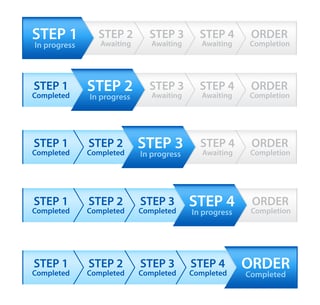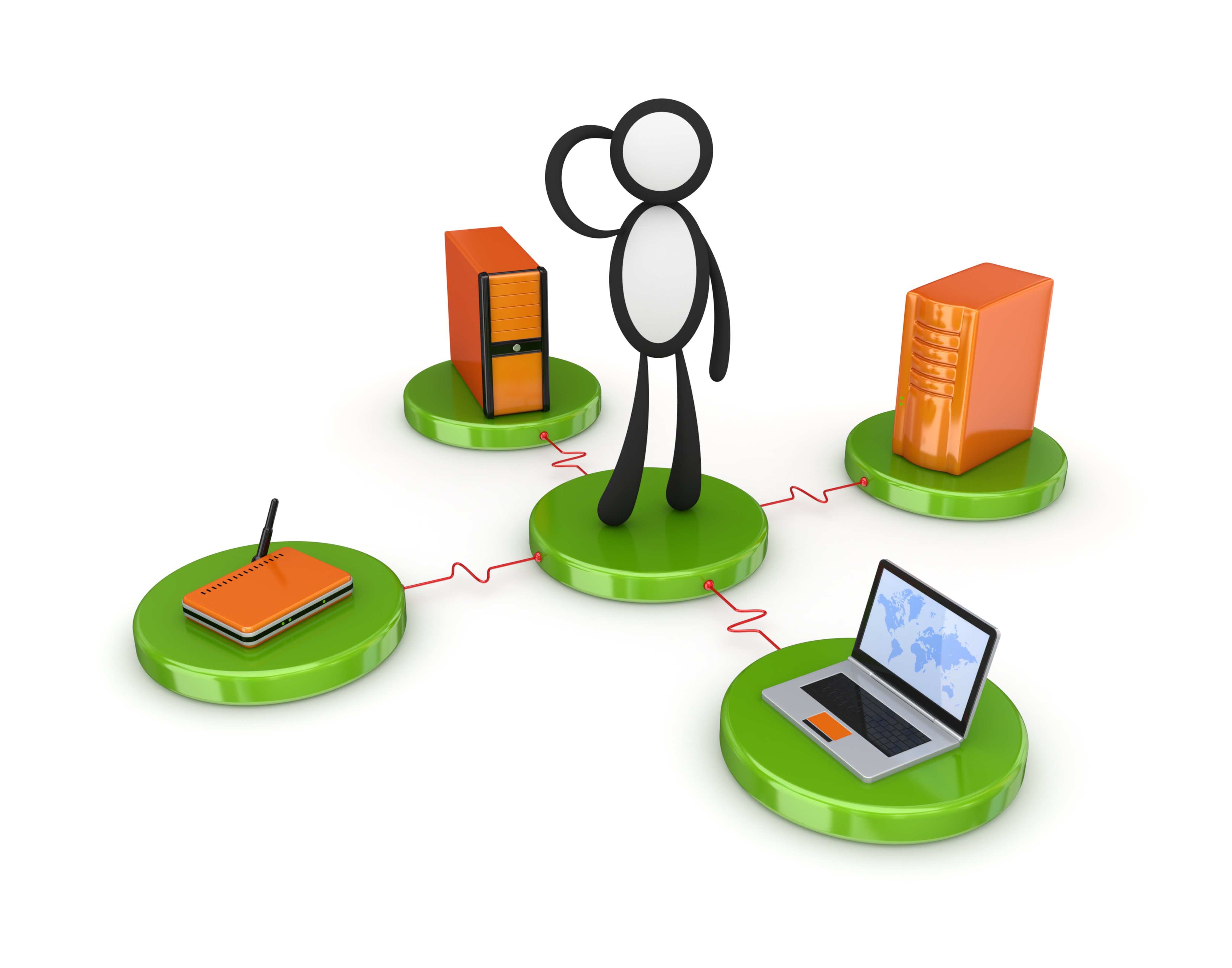An Easy First Step toward MES and Paperless Manufacturing
Companies struggle with the decision to implement MES. We remove the fear with a simple first step any manufacturer can take, offering both an ROI...
4 min read
David Oeters : March 22, 2016 at 9:20 AM

Companies with a critical production need will wait on implementing an MES, believing it to be a labor-intensive and expensive project.
 As we discussed in last week’s blog, many companies are nervous about taking a first step toward digital manufacturing.
As we discussed in last week’s blog, many companies are nervous about taking a first step toward digital manufacturing.
Even though technology, need and price of a system may line up neatly, companies are waiting. They fear the complexity and risk involved in purchasing, implementing and rolling out the software. A phased implement will overcome those fears and mitigate the risks holding up the project.
Some MES implementations are complex, and pose a significant risk. “Big-bang” implementations, in which all operations switch over to the new system at once, are the most complex and risky implementations.
Other vendors will promise, and market, a phased implementation, but will require significant configuration, customization and service charges. Rather than “phasing” the project by simply turning on features and functions when you are ready, they are selling multiple projects with a high cost. You won’t see an ROI until long after the project is complete.
With enough time, patience, effort and money, even a big-bang rollout or an expensive “phased” project can work. You just need a company willing to pay the exorbitant costs for results.
With a Phased Implementation, companies can better manage the project. By segmenting the larger project into manageable phases, you have greater control of the factors that increase risk. Still curious how this might work? Consider this:
Before you begin, select an initial area or process to implement in the first phase, such as:
 Implement a single function that delivers the greatest ROI. For example, move planning to the system, delivering revision control and a library of planning. Work instructions can still be printed until you are ready to implement a complete paperless system.
Implement a single function that delivers the greatest ROI. For example, move planning to the system, delivering revision control and a library of planning. Work instructions can still be printed until you are ready to implement a complete paperless system.No matter how they plan to roll out the system, minimizing the complexity and disruption is a major benefit of a smaller initial phase.
NOTE: As we mentioned, there are companies that will suggest a “big bang” rollout of the software. The system might require it, or the vendor may hope for the additional service charges required for the massive project. Don’t be fooled. In almost all cases a phased implementation is vastly superior to other implementation methods.
Before starting the project, migrate your existing planning and processes to the system. Some companies wait to start the project until they “fix” their planning. The problem is, the planning is much easier to fix through the migration (using the data migration engine) or once it is in the system. For most companies, improving the planning is one of the first, and easiest, benefits of an MES, and attempting “improvements” using old methods is wasted effort.
At this point, you should be almost ready for the first phase of the project. If necessary, configure the software. Most systems have settings for each industry or type of manufacturing. Set up the data collections, if you are using them, and prepare the schedules in the software.
If you are integrating systems, such as the ERP or PLM to the MES, complete and test the integration. Even if you aren’t rolling out the software company-wide, starting the integration early is a good idea so you can see how it might affect operations before taking the project live.
Train the initial users in the software. For most modern systems, this will take only a few hours, or at most a day.
Take a moment and consider the scope of the project. Calculate the expected benefit to your production cycle. The projections will help in determining the ROI and give you needed data for calculating project success.
 Step 4: Initiate the first phase.
Step 4: Initiate the first phase.Some companies conduct test runs using the software for a week to find problems and make adjustments before going live.
Most companies roll over to the new software on Monday. With the smaller scope for the project, it is easier to manage any problems that might occur.
The first day or two might seem slow, with more questions than work, but users will quickly enjoy using the software as it automates many of the non-value added processes. By the end of the first week you should see increased production and decreased errors and waste.
You should set up a schedule for the next phase of the implementation. Look at what went well and what didn’t in the previous phase, and make adjustments as needed. The limited scope will aid this process. The projections made in step 3 should help in evaluating the results of phase 1.
Most, if not all, companies find subsequent phases easier. You shouldn’t need to configure the software again, and since the data has been migrated you’ll only need to start using the features and functions. New users, having seen the successful system in use, are ready, willing, and excited to start. While the initial area continues using the software, you can use these steps as you plan the next phase.
A phased implementation mitigates the risk and complexity of an MES or paperless manufacturing project, allowing you to manage the scope, schedule, and cost in resources and time on the shop floor. Through this process, you are never forced to take on more risk than you are comfortable with.
The phased implementation will also reduce service costs. With a smaller initial phase, you are training and supporting fewer users. The super-users and support staff trained in the first phase will take over during subsequent phases.
Implementing an MES or new paperless manufacturing system can be a very complex and risky project. Companies are right to question whether the project is “right” for them, especially if they are accepting all the risk and cost involved in a single, all-encompassing system roll-out. Splitting project tasks and costs over time will also allow you to build a return that pays for future phases.
A phased implementation is logical, less expensive and much less risky alternative to the standard MES implementation. Want to learn more, or see how a phased implementation might work for your company? Contact CIMx today using the button to the right for a free shop floor analysis. We will take a detailed look at your operations and work with you to set-up an implementation that focuses on your needs and ROI.

Companies struggle with the decision to implement MES. We remove the fear with a simple first step any manufacturer can take, offering both an ROI...

Many companies ask us about paperless manufacturing and how it fits with other systems. Here’s our response. When discussing manufacturing software,...

Part 2 | The Visionary The first step in any successful manufacturing system project is to assemble the right people around the table. As we...